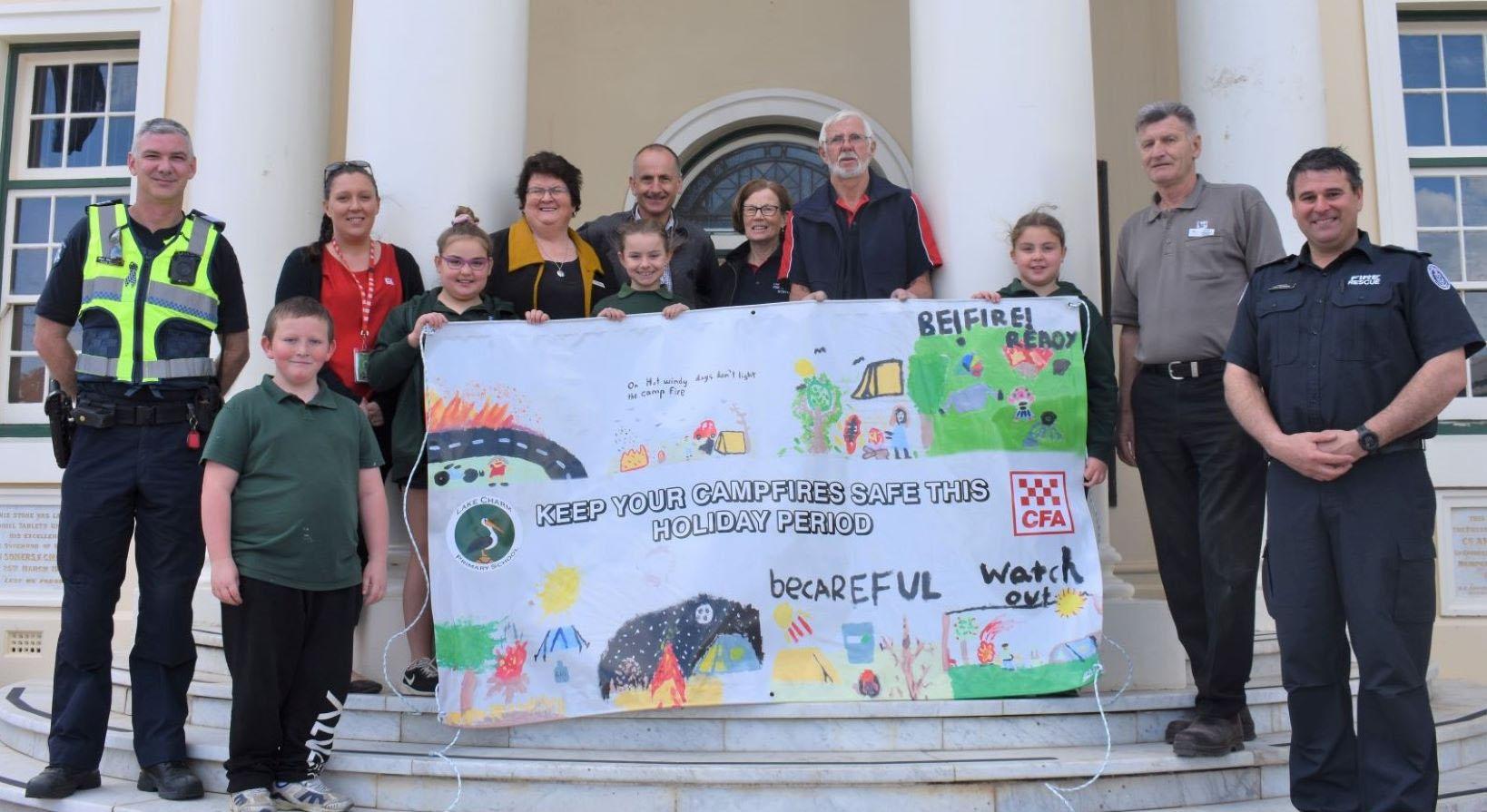
4 minute read
Recovery
from Review of 10 years of reform in Victoria's emergency management sector - Summary Report
by igemvic
Sector capability and capacity
In 2009 there was a limited level of interoperability across the sector but stakeholders were very clear that there has been increased interoperability in the past 10 years. This has been facilitated by changes in technology and procedures, particularly during the response phase of emergency management. The development of the Emergency Management Common Operating Picture (EM-COP) and improvements in communications have significantly improved the ability of sector organisations' to 'work as one'. The sector recognised several limitations to continuous improvement in interoperability including joint procurement strategies and continued use of agency-specific platforms and systems. However, while the sector is maturing quickly in the area of response operations there is scope to extend interoperable practices across all phases of emergency management. Several SAP actions focused on the capability and capacity of the sector and the development of a capability development strategy. A sector-wide analysis of capability and capacity is yet to be completed and as such, the capability development strategy has been delayed. However, the Councils and Emergencies project has completed two of three proposed stages to inform a capability development strategy that will ensure councils can effectively perform their emergency management roles. This is an important project as councils have numerous emergency management responsibilities and operate in a heavily constrained resource environment. IGEM considers the capability development strategy to be an important target for the sector to guide efficient training, accreditation and exercising across all sector organisations and all relevant capabilities. Finalising the work already started to identify capability and capacity gaps will ensure the sector is well-placed to respond to current and future emergency management demands. Volunteers are an essential part of the sector and perform numerous roles across all phases of emergencies. In many cases responder agency volunteers receive extensive training and accreditation to perform highly technical roles. Volunteers for community service organisations perform critical roles in community preparedness, relief and recovery and are trained to provide practical, administrative and psychosocial support to communities and individuals affected by emergencies. The sector does not have a strong understanding of responder-agency volunteer recruitment and retention trends and no sector-wide strategy for engaging community members who want to volunteer in a spontaneous or non-traditional manner. The Volunteer Consultative Forum and other similar initiatives have identified a number of priorities for volunteers. However, it remains critical for the sector to ensure volunteers feel valued not only in their units, brigades or organisations, but by the broader sector.







Recovery
Recovery is a complex and long-term phase of emergency management. General recovery planning is conducted before emergencies, and then incident-specific recovery plans are developed during the response phase of emergencies using impact assessment information and intelligence from responder agencies and control centres. IGEM observes that information sharing with sector organisations with roles in recovery is often poorly coordinated and timed. Overall, there has not been as much reform in recovery arrangements as other emergency management arrangements. Coordination responsibilities for state-level recovery have transitioned from DHHS to EMV, and the State Emergency Relief and Recovery Plan has been developed to provide high-level guidance for recovery principles.
Changes to building regulations and planning provisions have been made in the past 10 years that have resulted in safer building and development practices across Victoria. These largely relate to bushfire and flooding risk. Stakeholders discussed that recovery coordination at all tiers (local, regional and state) is often reactive and siloed. IGEM finds there to be a lack of clarity in the roles and responsibilities of the sector organisations involved in recovery. The Resilient Recovery Strategy was endorsed in 2019 to provide alignment with government outcomes and guidance for the sector to improve recovery outcomes. It provides an opportunity to strengthen recovery arrangements in the future. There have been some improvements in how individuals affected by emergencies are supported during relief. Improvements to registration processes and financial assistance have made it less cumbersome for individuals and families to receive immediate support. However, there is still a lack of coordination and resourcing for the activities and organisations that provide social recovery support for communities. In 2018 national funding arrangements for recovery changed. The application process requires a significantly higher amount of evidence than in the past and currently exceeds the capability and capacity of councils. The new arrangements are still being implemented but are causing a substantial amount of frustration for those involved in the application process. There was strong agreement across the sector that major reforms are required to improve recovery and ensure positive recovery experiences for communities. Recovery is a complex phase of emergency management that is unique for every community and every emergency. However, there is scope to use the experience and knowledge of communities and the sector to better inform recovery policy and practices.











